
Summer Fun Made Easy
- Home
- Live Well Blog
- Summer Fun Made Easy
Longer, warmer days mean it’s time to get outside and play! Playing helps children burn off extra energy, grow confident in their bodies and stay healthy. It also helps children learn and sleep better — and it’s just plain fun!
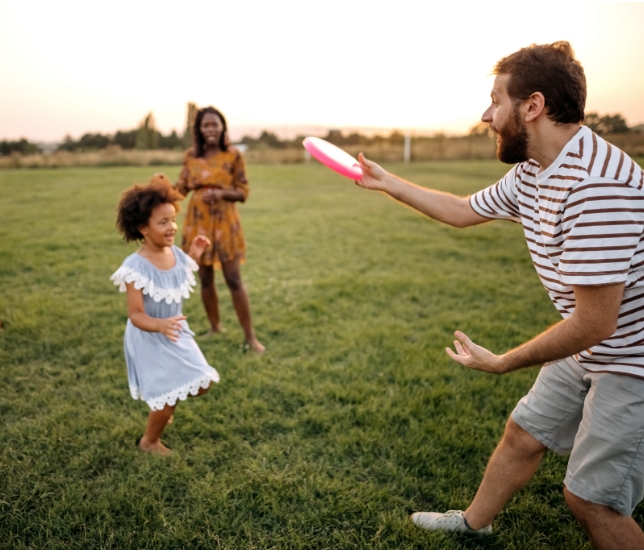
Be Prepared
Keep a few toys in the trunk of your car and head to the playground after day-care or errands. Or, keep a toy-bag near your front door so you can quickly grab gear.
Items to include:
- Small ball or two
- Frisbee
- Sand shovel and bucket
- Jump rope

Have fun at home
- Put some music on and dance.
- Use masking tape to make a racetrack on the floor for toy cars or to walk and hop on the line.
- Try “bowling” with a tower of plastic cups and tennis ball.
- Bat a balloon in the air.
(Keep track of it so little ones can’t choke.) - Limit screen time to encourage them to find other things to do.
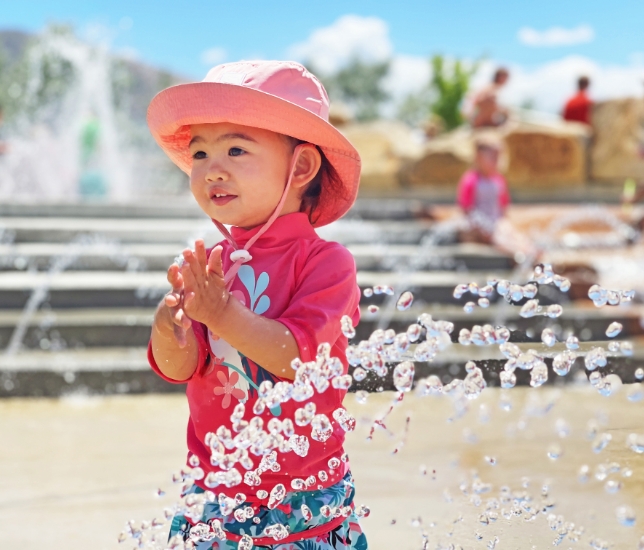
Keep your cool
- On really hot days, head for air conditioning. Local rec centers often have open gym hours or classes.
- Check out the play-space at the local mall.
- Find a community pool where lifeguards can help keep your little one safe.
- Make a trip to a splash pad at a park or zoo.

USE Imagination
- Put cushions on the floor and pretend they are rocks over lava to jump over.
- Play charades and ‘fly’ around the room like an airplane, or hop like a kangaroo.
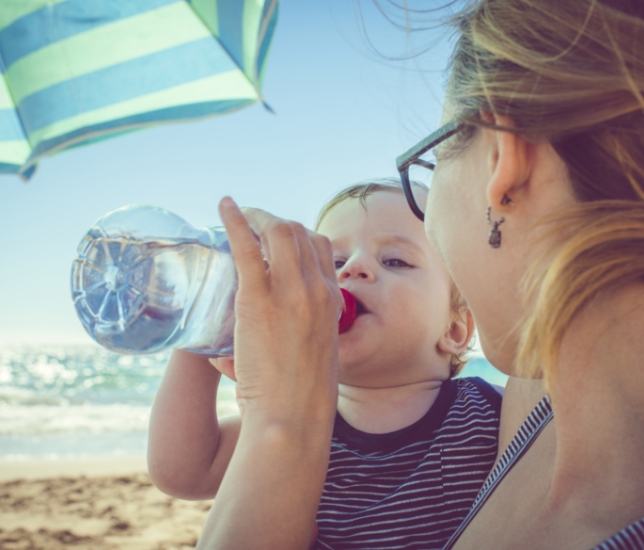
Stay Hydrated
Offer water a few times an hour, more if it’s hot or if your child is playing hard. Young children don’t need energy or sports drinks.

Fuel the fun
Offer meals and snacks every 2-3 hours. An insulated cooler bag keeps food fresh. Pack snacks like cheese sticks, crackers, and raisins. A granola or breakfast bar can save the day if you don’t have time to pack a snack.
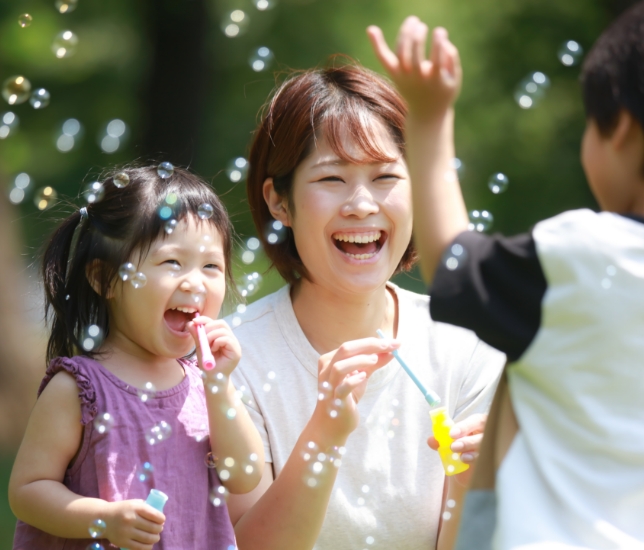
Play outside
- Blow bubbles to chase.
- Use sidewalk chalk for drawing or jumping games.
- Go for a walk to discover bugs, rocks, or jump over sidewalk cracks.
- A hose with a sprinkler can keep children busy for hours.

Build in Down Time
A cuddle with a book, drawing or a puzzle can offer time to recharge, especially if they’ve been playing all day.
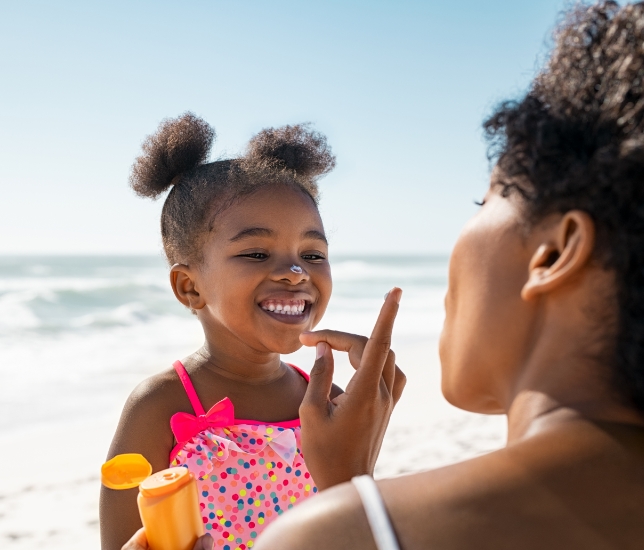
Stay Safe
- Remember sunscreen and consider staying indoors from 10 am to 2 pm to avoid peak sun.
- A sun hat can protect
your child’s skin and eyes (especially if they won’t
wear sunglasses). - Pack hand wipes if they can’t wash before a snack.
- Pack Band-Aids for scrapes.
- Always supervise your child around water.
- Remind your child to stay where they can see you.
- Teach them your phone number and address.
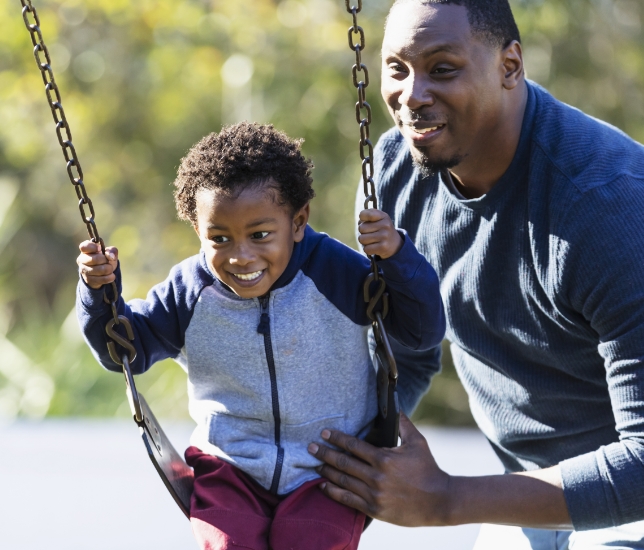
Move Together
Get in the habit of being active as a family:
- Kick a ball
- Play together in a pool
- Push them on a swing
Research in adults shows that 10 minutes of exercise three times a day improves fitness and health as much as 30 minutes at one time.
